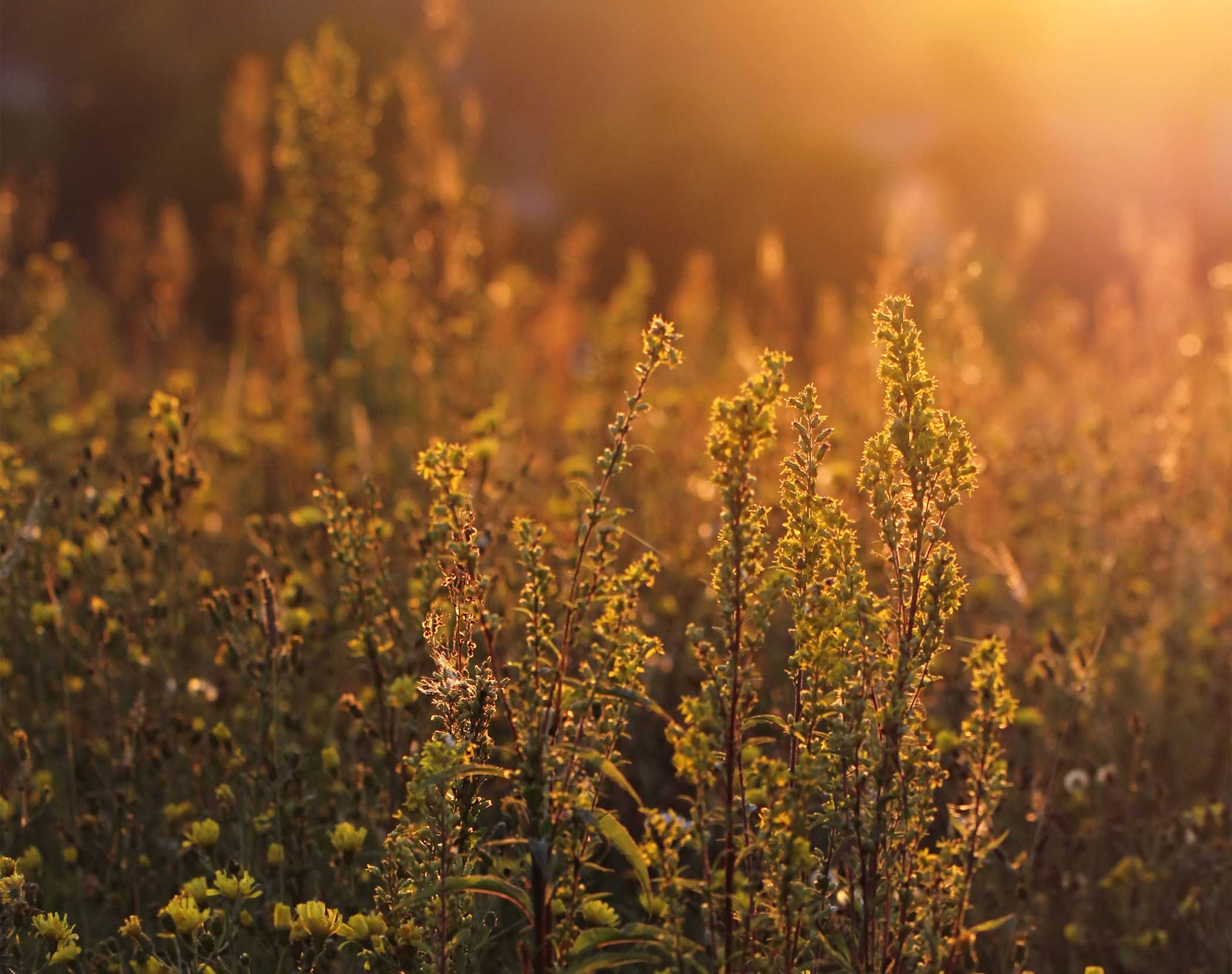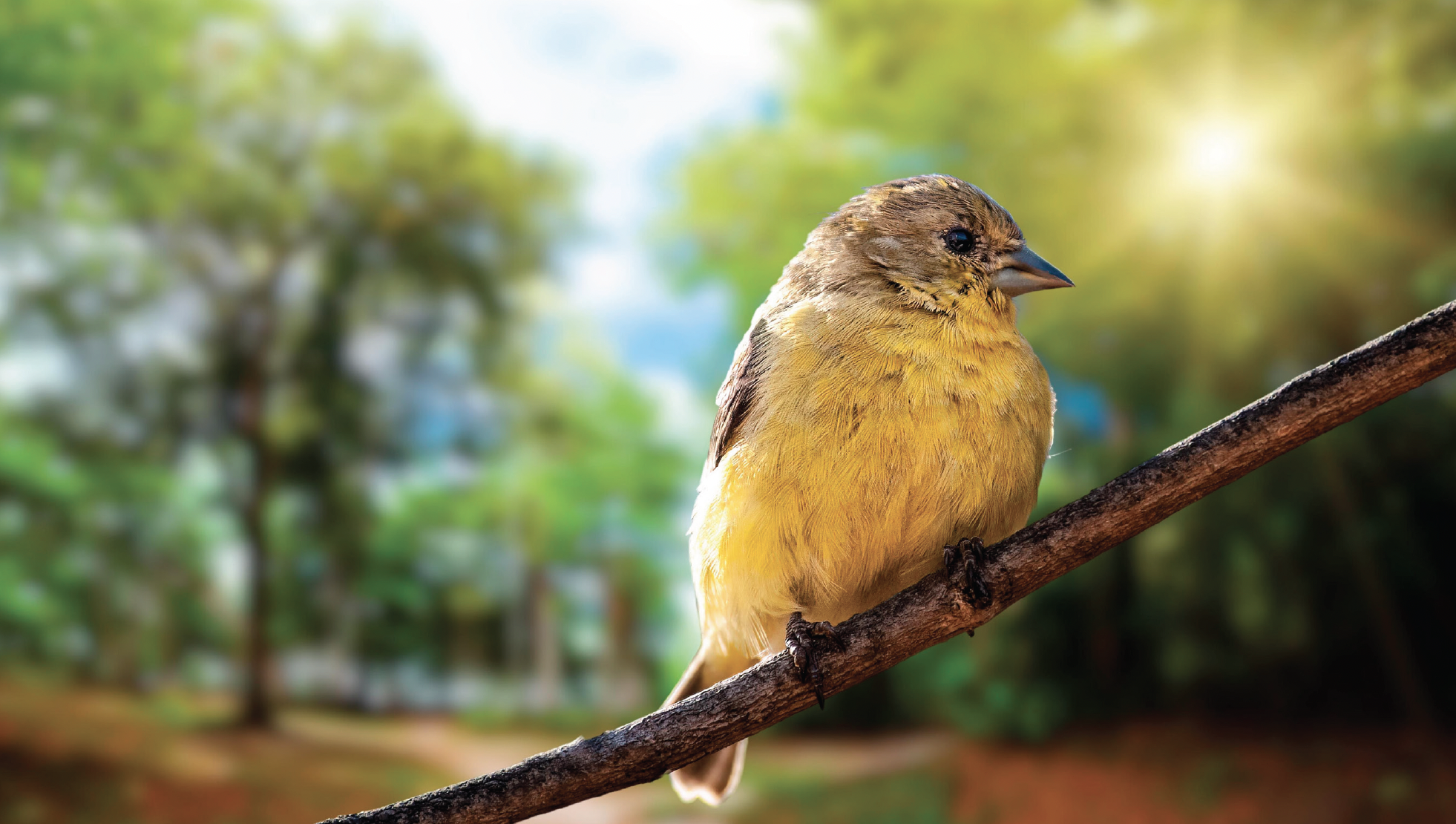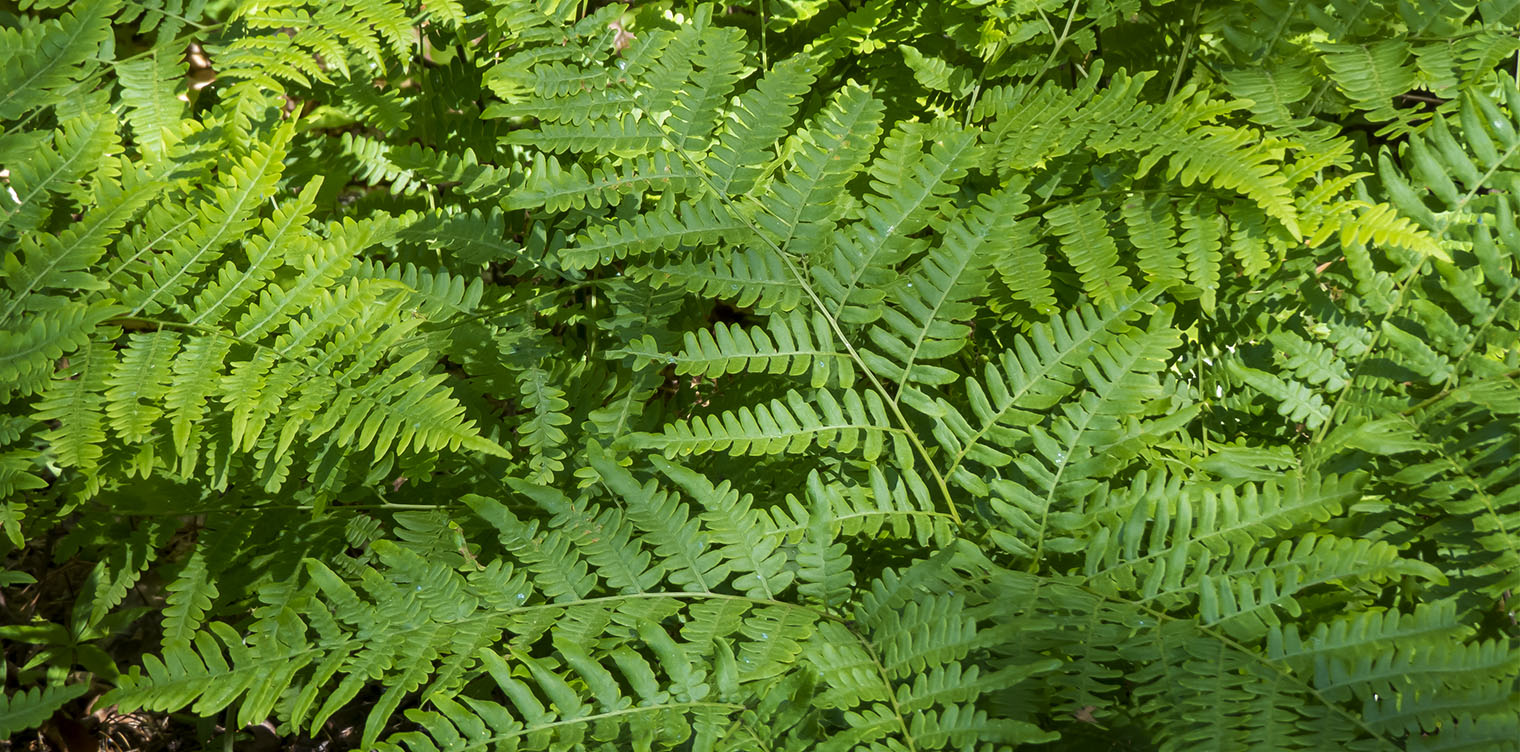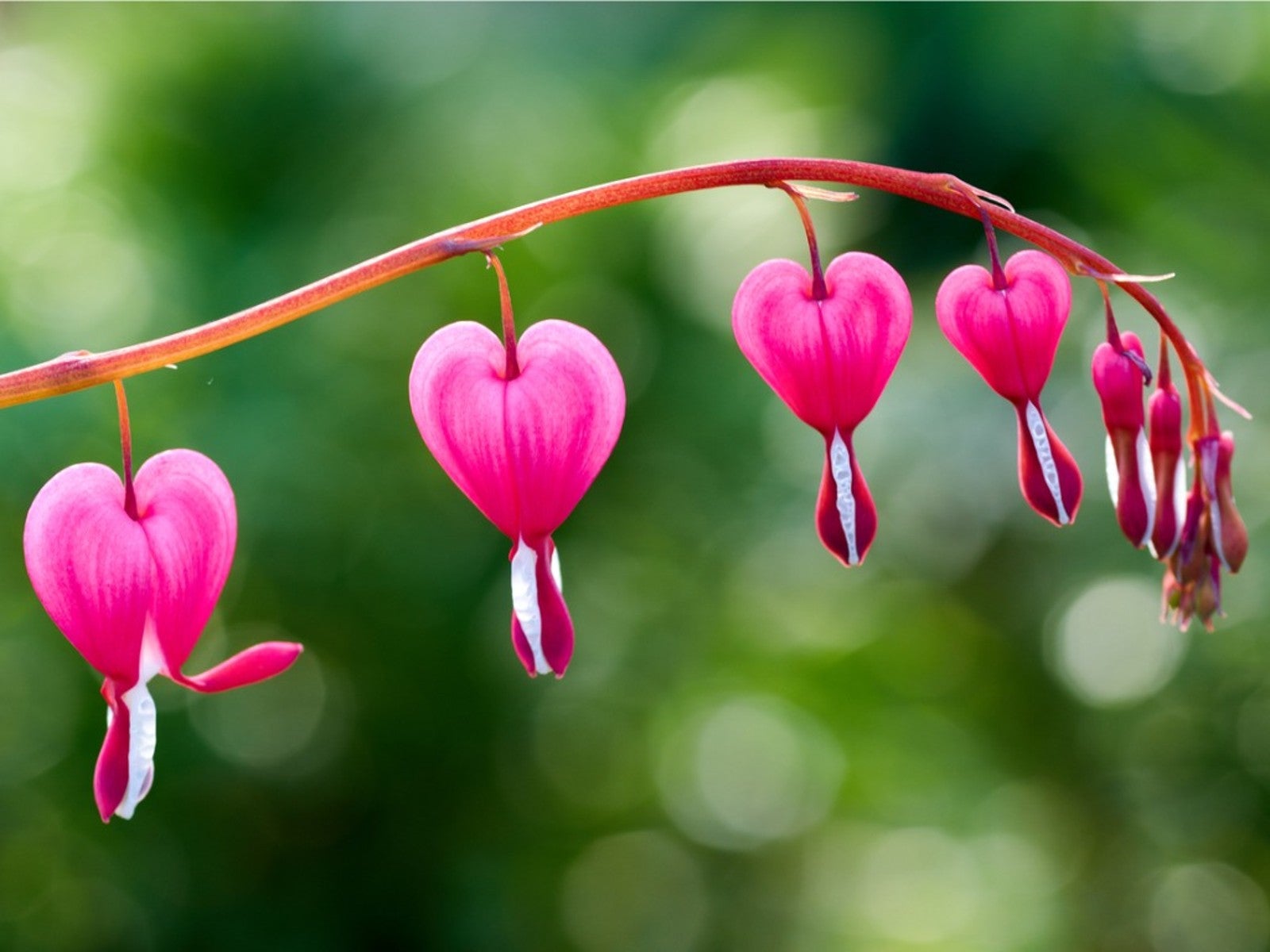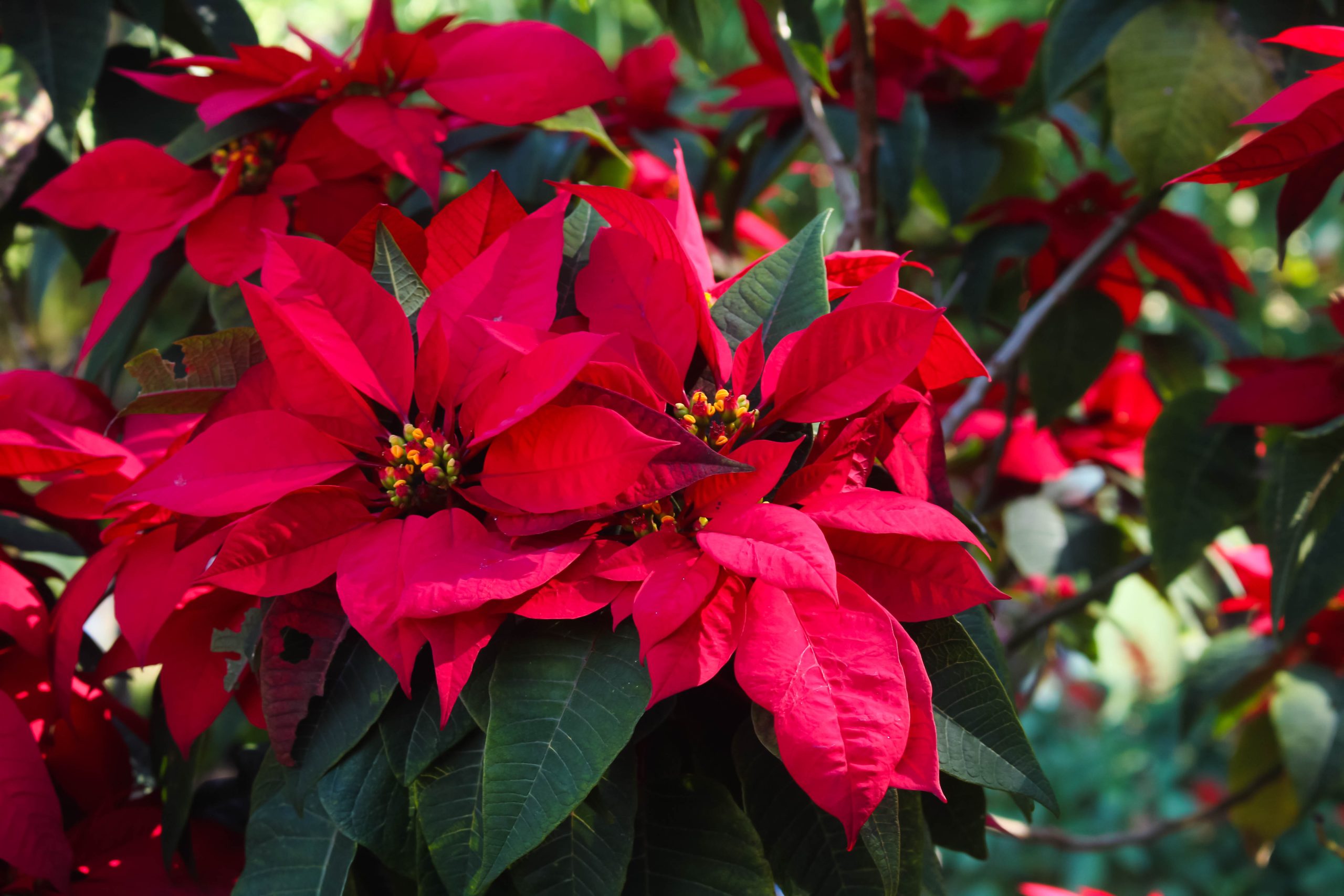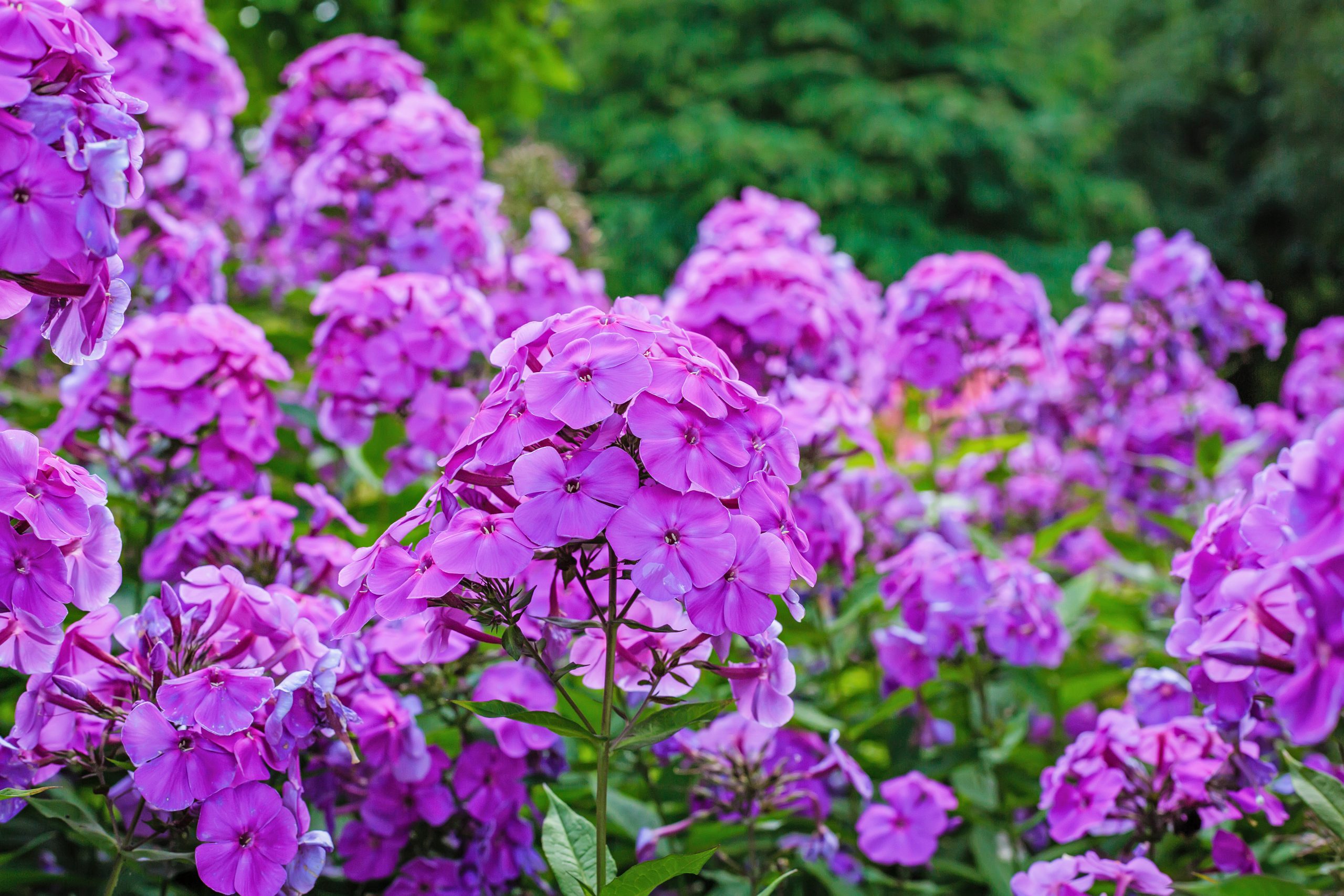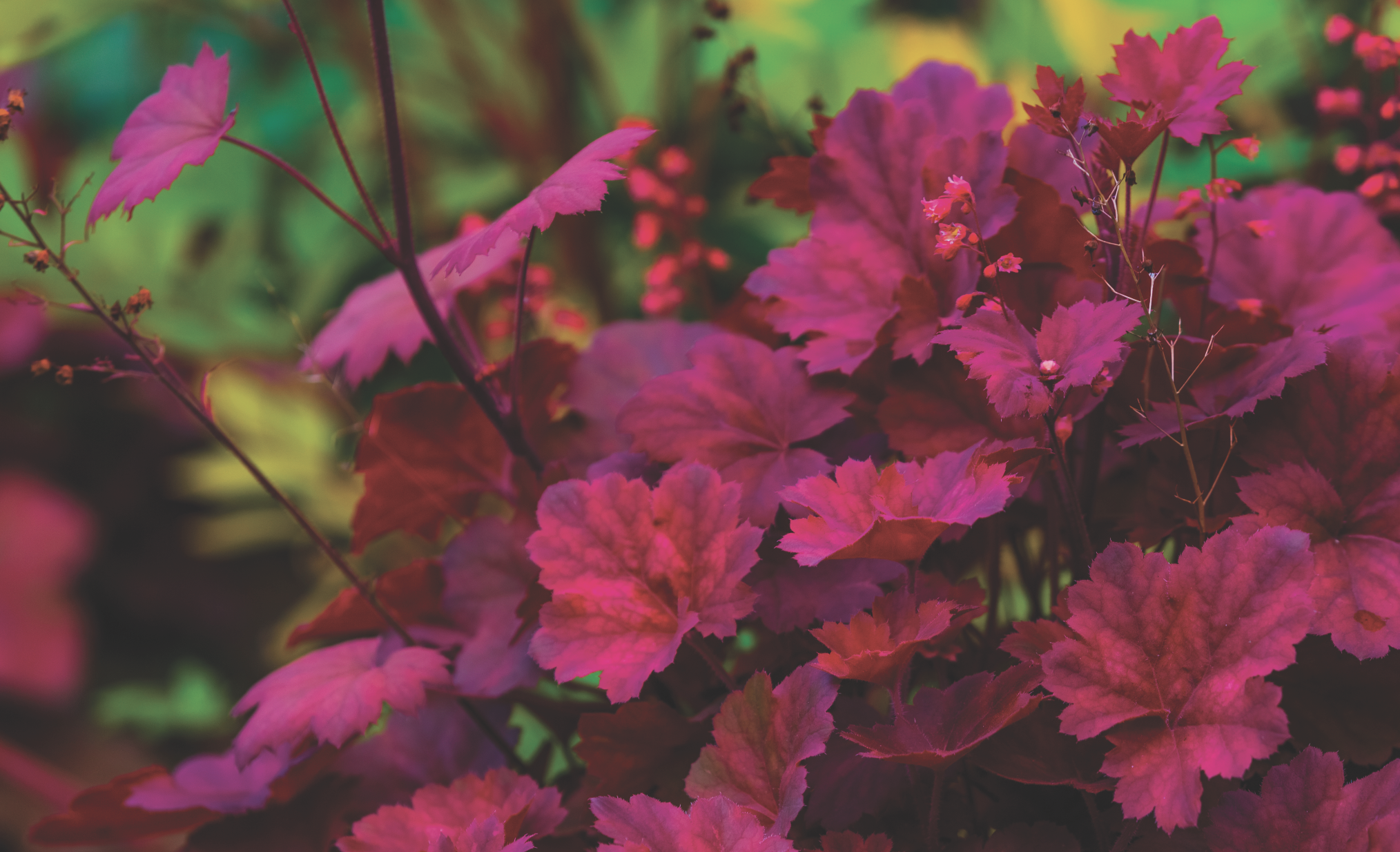Years ago I got to visit Vancouver, British Columbia. I was so excited about getting to see the Butchart Gardens in Victoria. It was delightful; Butchart Gardens covers fifty-five acres in beautiful floral displays. With a gardening staff of 30, there wasn’t a weed in sight and all the flowers were properly staked and deadheaded (The dead or spent flower were removed). This shows what you can do with a worked-out quarry if your husband pioneered Portland cement and leaves you a pile of money. I was enjoying the light misty morning when I saw a beautiful inflorescent plant about seven feet tall staked and blooming in bright yellow. I leaned over to read the name tag, knowing that I would have to have it for my garden back in Tennessee. As I stood there everything about the plant seemed familiar. The nametag read “Solidago”. When I got home and looked it up I discovered we all know it. The plant was our common roadside goldenrod. Fall is coming and soon we will see Goldenrod blooming along the roadsides and fields and now it is allowed to bloom in one of
my flowerbeds.
What took me so long to appreciate the beauty of Goldenrod? In our area it is considered a noxious weed. But we all have to agree that it is a breath of beauty at the end of summer when our flowers are waning. They are easy to grow. I didn’t even have to sow seeds or move a plant. The birds planted it for me.
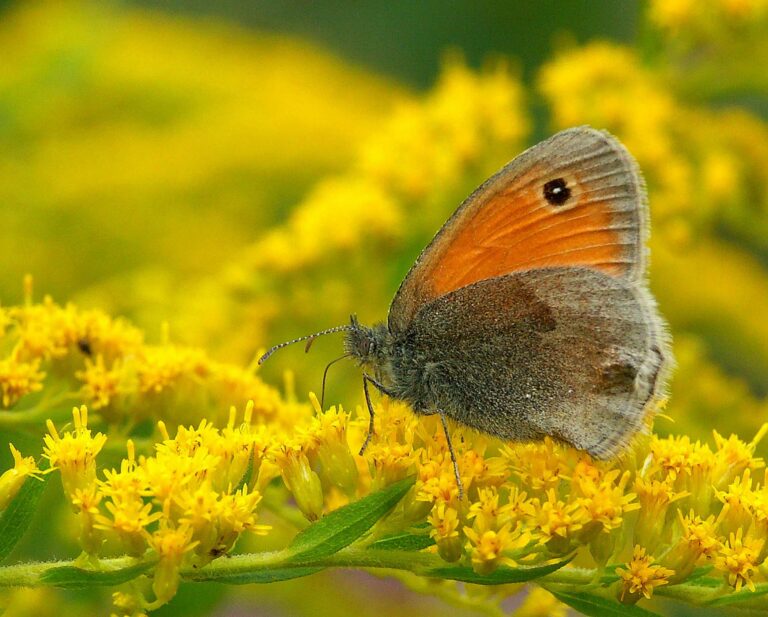
Goldenrod (solidago) blooms in late summer and early autumn. The flowers are a golden yellow and the sprays of golden wands look like a fountain. The tiny yellow (or very rarely white) flower heads are composed of disk florets surrounded by a single row of rays. They like full sun and well-drained soil. This tall erect plant has alternate leaves that are much longer than wide and may be toothed. Goldenrod is a great cut flower and is a vigorous course plant that crowds out weaker plants. It will need to be divided every two to three years. It is hardy here in Tennessee and has the advantage of also being deer resistant. You can combine them with Asters for a beautiful fall border.
In Europe, Goldenrod is prized in the garden and as a cut flower. I had a friend from England visiting and asked her how she contained goldenrod in her garden. She replied slowly, looking at me as if I were a fool, and said in a very proper English accent, “Well, I just pull it up if it’s not where I want it.”
Even with Goldenrod’s bad reputation about being an aggressive weed and causing allergies, I cannot resist its beauty. For years have used cuttings in fall flower arrangements. People with hay fever would eye the arrangement cautiously and try to stay on the other side of the room. One guest even asked me if I would please take it outside. Goldenrod has been associated with hay fever, because it blooms at the same time as ragweed. The pollen from Goldenrod is too heavy to become air borne and falls to the ground. Therefore, it is not responsible for your running nose and itching eyes.
If you can’t bring yourself to actually plant some of our native Goldenrod in your garden you can chose from several hybrids. Cloth of Gold, Crown of Rays, Golden Dwarf, and Golden Thumb are some of the selections you will find at your nursery. They all look great and, I promise, you won’t be sneezing unless there is ragweed in the area.



